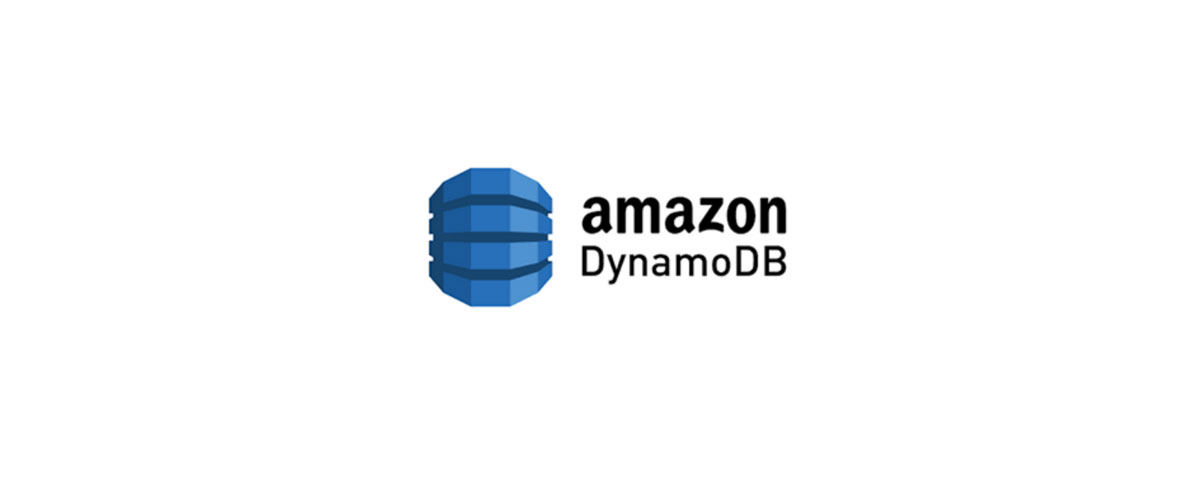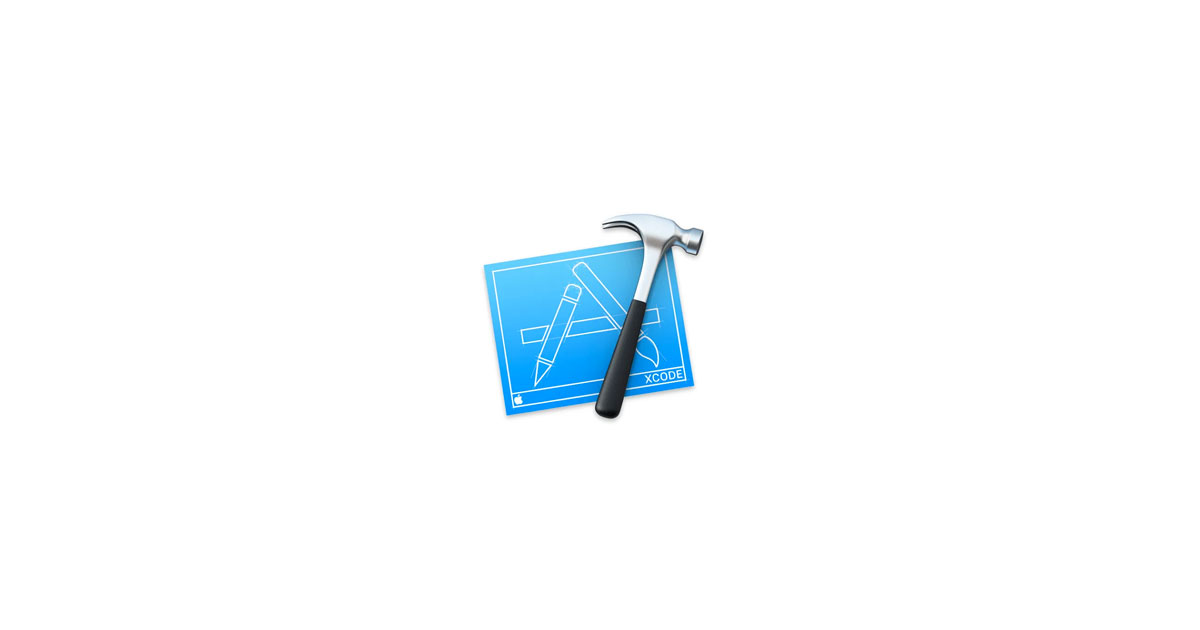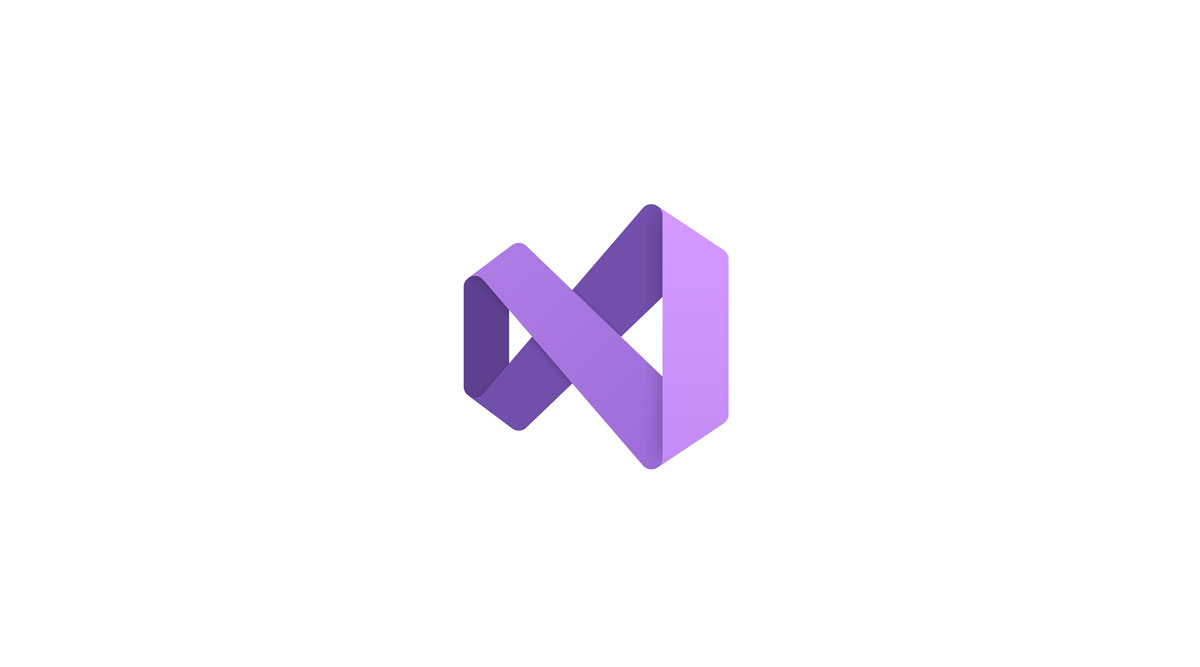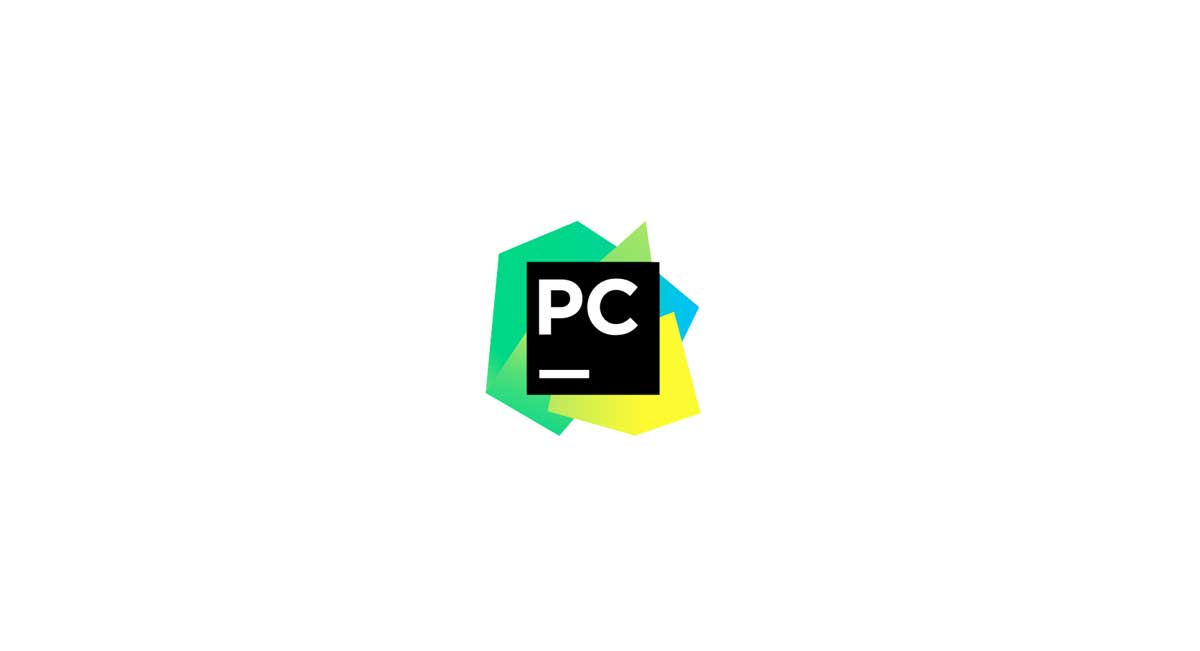The first programming language, Fortran (short for Formula Translation), was developed in the 1950s for scientific and engineering computations. It was the first high-level programming language, meaning that it was easier to use and more human-readable than the machine code used by early computers. Fortran paved the way for other high-level languages, such as COBOL (Common Business-Oriented Language), which was used for business applications.
In the 1960s, programming languages began to evolve to support more complex tasks. Lisp (short for List Processing), which was developed in 1958, became popular for artificial intelligence research. It was one of the first programming languages to support recursive functions, which are essential for AI programming. Another influential language from this era was BASIC (Beginner’s All-purpose Symbolic Instruction Code), which was developed in 1964 and became widely used for educational and personal computing.
The 1970s saw the rise of C, a low-level language developed by Dennis Ritchie at Bell Labs. C became the foundation for many operating systems and system-level software, such as Unix and the Linux kernel. It was also widely used for application development, especially in the gaming industry. Another notable language from this era was Pascal, which was developed in 1970 and became popular for teaching programming in universities.
In the 1980s, programming languages began to be designed with specific purposes in mind. For example, Ada was developed for use by the U.S. Department of Defense and became widely used in safety-critical systems, such as air traffic control systems. The 1980s also saw the rise of object-oriented programming, which allowed programmers to model real-world objects and concepts in code. This led to the development of languages such as
C++ and Smalltalk.
The 1990s saw the rise of scripting languages, such as Perl and
Python, which were designed for quick and easy development of small programs and scripts.
Java, developed by Sun Microsystems in 1995, became one of the most widely used programming languages in the world. Java’s “write once, run anywhere” approach allowed developers to write code that could run on any platform with a Java Virtual Machine, making it ideal for web development.
The 2000s saw the rise of web development and the accompanying technologies, such as HTML, CSS, and JavaScript. JavaScript, which was developed in 1995, became the dominant language for client-side web development. Ruby on Rails, developed in 2004, became popular for web application development due to its ease of use and rapid prototyping capabilities. Another influential language from this era was PHP, which became the backbone of many popular content management systems, such as WordPress and Drupal.
In recent years, new programming languages such as Swift (for iOS app development) and Rust (for system-level programming) have emerged. The development of artificial intelligence and machine learning has also led to the creation of new languages such as Python-based TensorFlow and Google’s Go language.
Programming languages have played a crucial role in the development of modern technology. From the early days of Fortran and COBOL to the rise of object-oriented programming and web development, programming languages have evolved to meet the needs of developers and users alike. Without programming languages, we would not have the vast array of technology that we take for granted today.





















